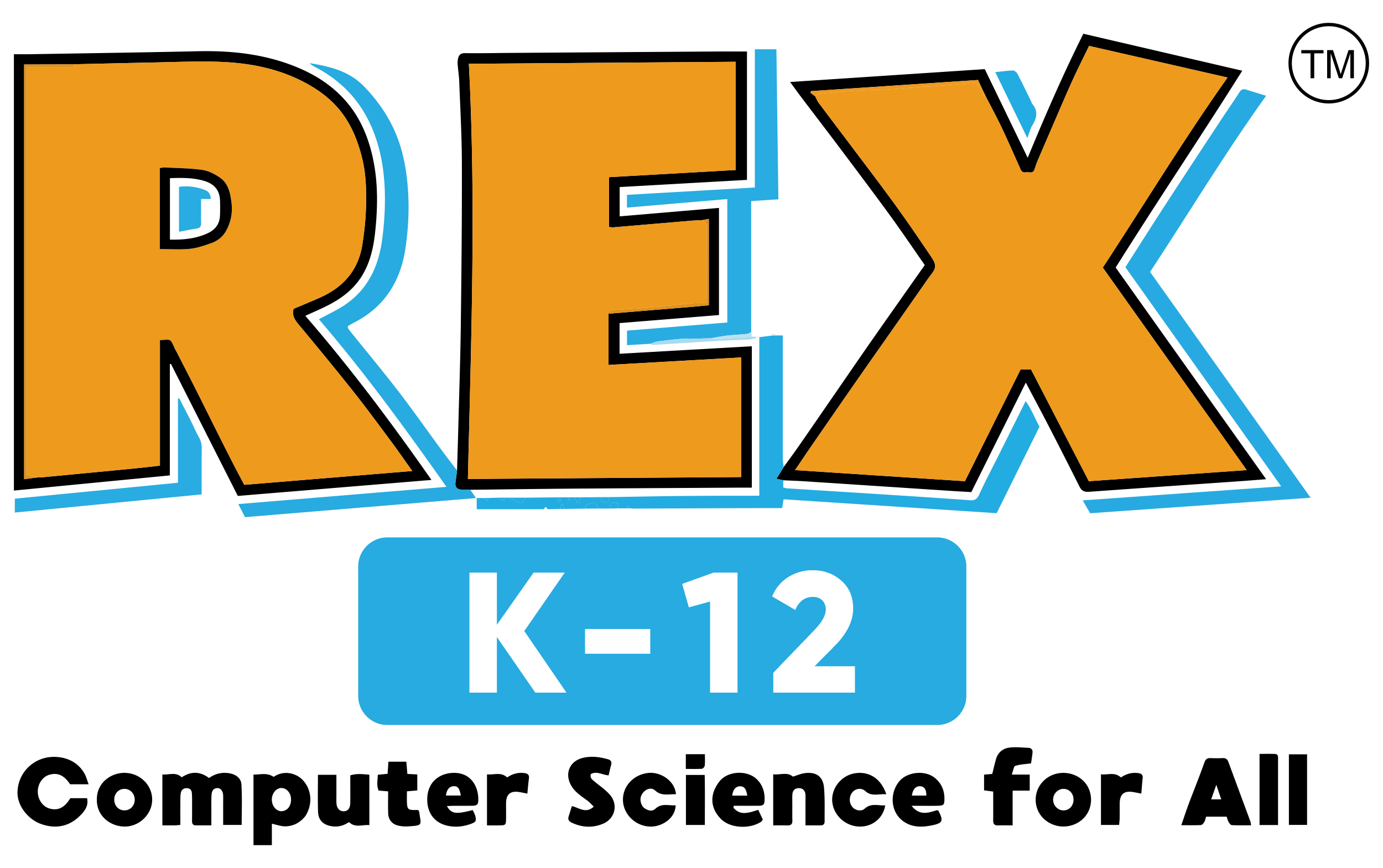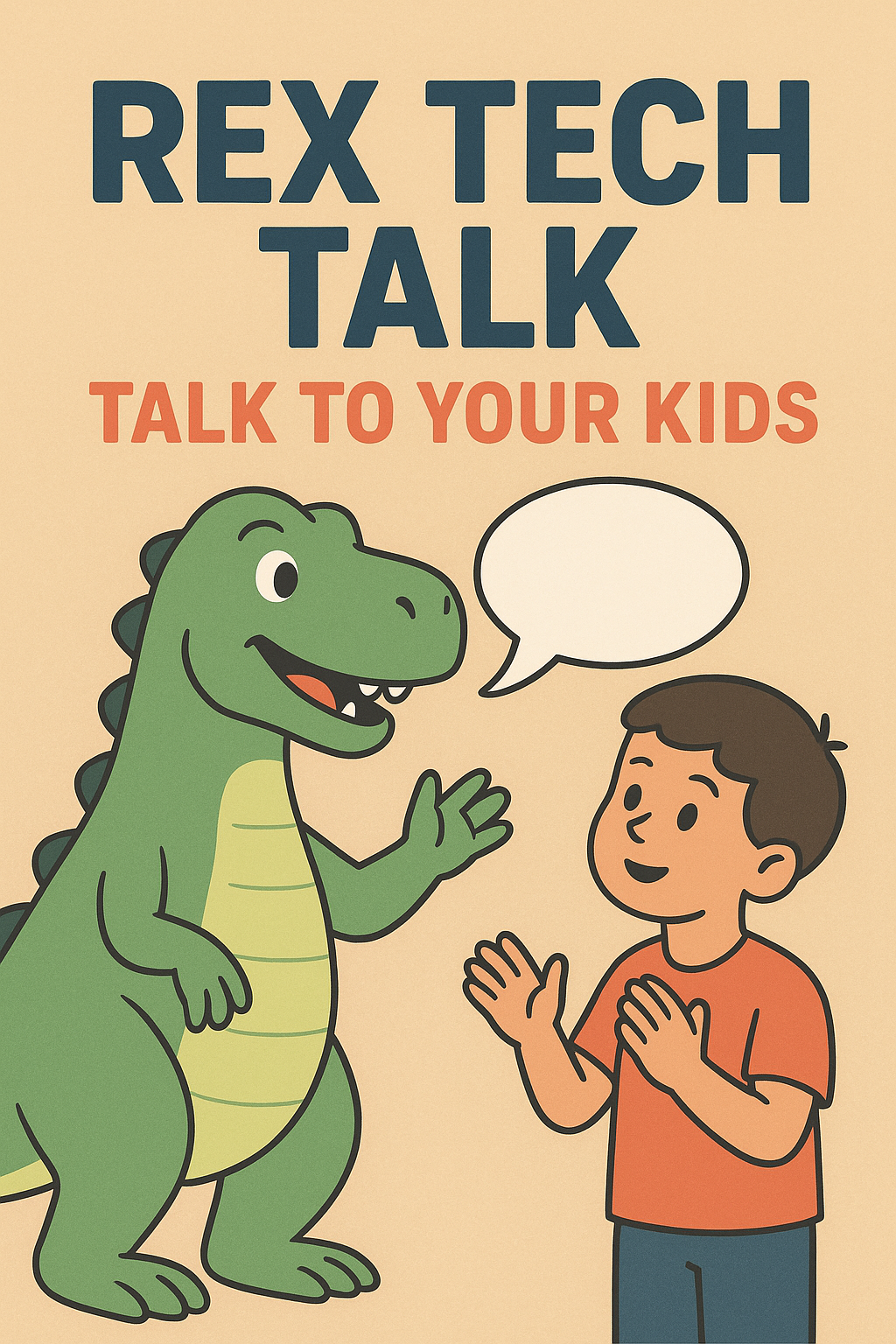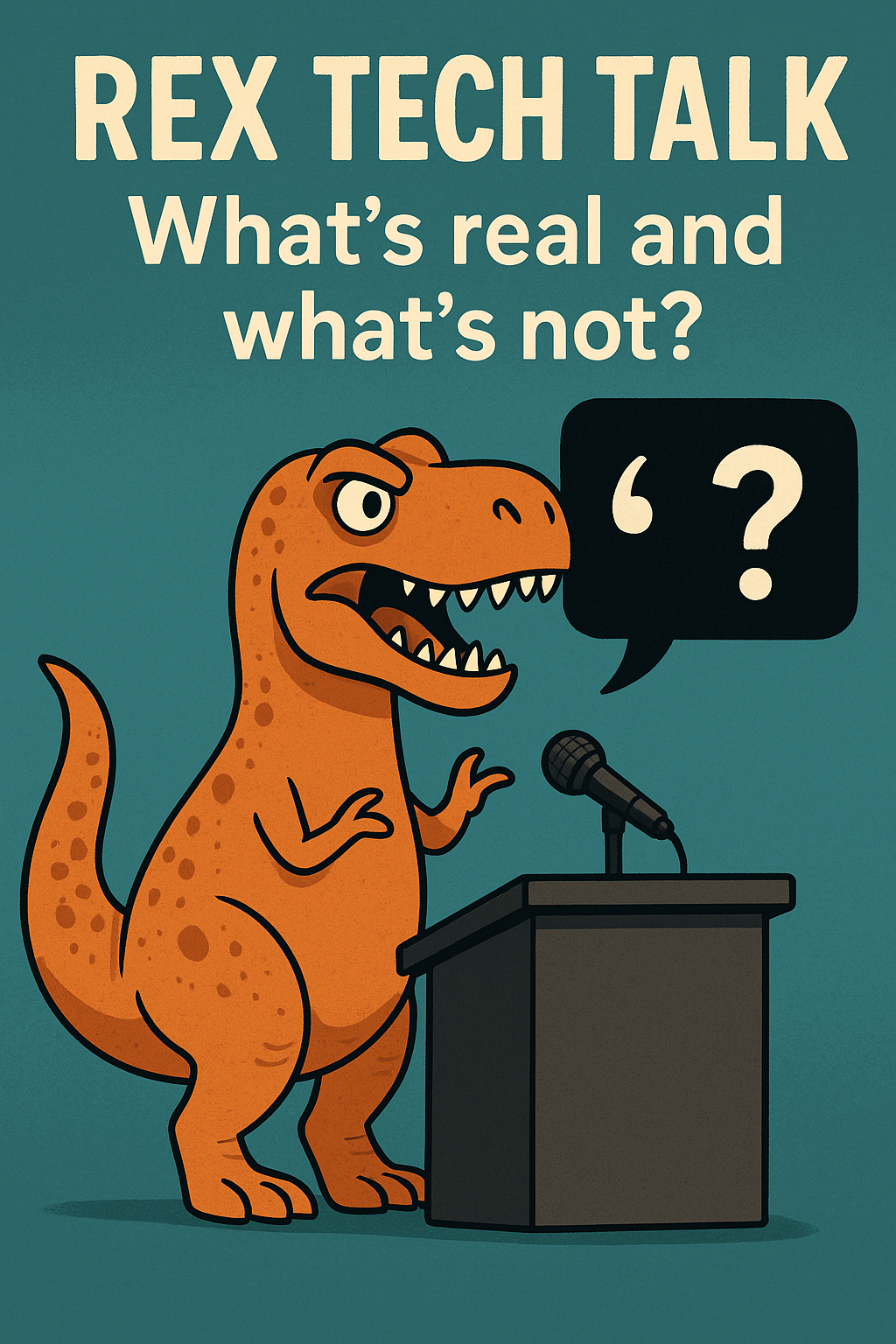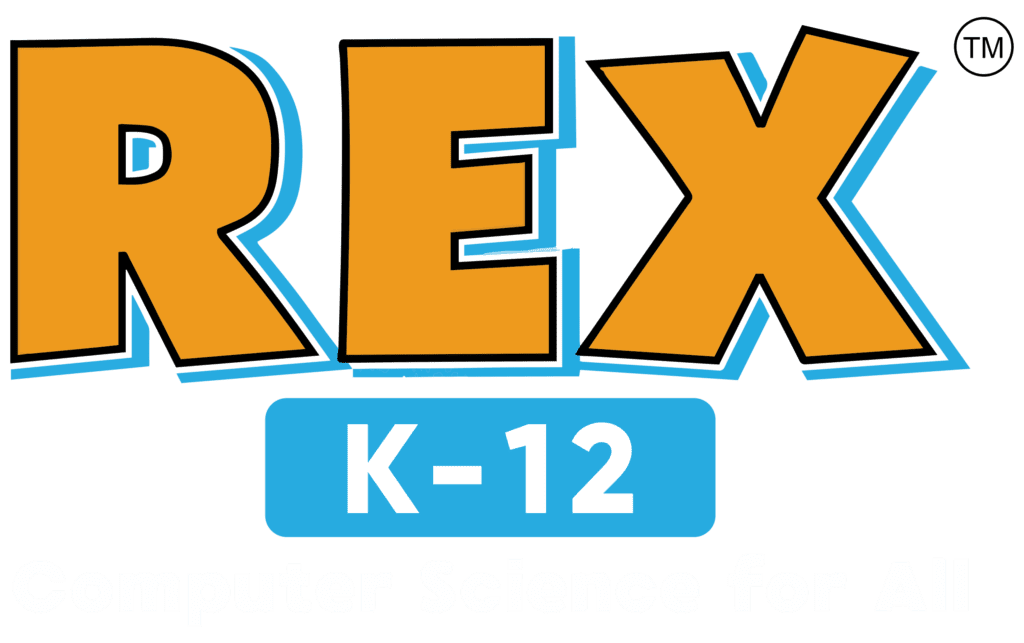Rethinking Assessment in U.S. K–12 Education: Purpose, Types, and Smart Design Strategies
Assessment is a foundational part of education, but it’s often misunderstood or misused. At its core, assessment is more than a test — it’s a tool for understanding what students know, guiding instruction, and supporting growth.
This post explores the evolution of assessment, why it matters, how to use it effectively, and tactical tips for designing meaningful evaluations in today’s classrooms.
📚 A Quick Look Back
- Early 1900s: Standardized tests focused on sorting and memorization.
- Mid-1900s: IQ and aptitude testing shaped college access.
- 1980s–2000s: Accountability movements drove high-stakes testing.
- Today: Educators value multiple, student-centered assessments that reflect real learning.
🎯 Why We Assess
Diagnostic: Identify prior knowledge and learning gaps.
Formative: Guide instruction while students are learning.
Summative: Evaluate learning at the end of a unit or course.
Benchmark: Track progress toward standards over time.
Performance-Based: Allow students to apply learning in real-world tasks.
Self/Peer Assessment: Promote reflection, self-awareness, and ownership of learning.
🧠 How Assessment Supports Students
When done well, assessments can:
- Identify learning needs
- Reinforce key concepts
- Foster self-awareness and ownership
- Support differentiated instruction
- Boost motivation through feedback and relevance
🧪 Types of Assessment at a Glance
Formative
Definition: Ongoing check-ins during instruction.
Examples: Exit tickets, polls, learning journals, concept maps.
Use it: During lessons, after new content, while prepping for summative assessments.
Benefits: Low-stakes feedback, supports intervention, promotes growth mindset.
Summative
Definition: Evaluates learning at the end of a unit or course.
Examples: Final exams, projects, presentations, standardized tests.
Use it: After significant instruction, to measure mastery.
Benefits: Provides clear evidence of learning and helps with grading.
Diagnostic
Definition: Identifies what students already know.
Examples: Pre-tests, reading inventories, math fluency checks.
Use it: Before starting a unit or intervention.
Benefits: Personalizes instruction and informs planning.
Performance-Based
Definition: Students demonstrate learning through real-world tasks.
Examples: Debates, models, experiments, coding apps.
Use it: At the end of projects or interdisciplinary units.
Benefits: Encourages creativity, critical thinking, and engagement.
Benchmark (Interim)
Definition: Periodic checks of progress.
Examples: District assessments, MAP, i-Ready.
Use it: Every quarter or trimester.
Benefits: Tracks long-term growth, informs pacing, supports data analysis.
Self/Peer Assessment
Definition: Students reflect on their own or others’ work.
Examples: Rubrics, peer checklists, goal-setting forms.
Use it: During revision, student-led conferences, or group work.
Benefits: Builds metacognition, accountability, and collaboration.
🧭 When to Use What
- Before a unit: Use diagnostic assessments to understand starting points.
- During instruction: Use formative assessments to guide teaching.
- End of unit: Use summative or performance-based assessments to evaluate mastery.
- Periodically: Use benchmark assessments to track progress.
- Any time: Use self or peer assessments to build reflection and ownership.
🔧 Smart Strategies for Assessment Design
- Start With Learning Goals
Begin with the end in mind. Ask yourself:
- What should students be able to do by the end?
- Which skills or standards are we targeting?
Example: If the goal is to compare two historical events, an essay or Venn diagram may be more effective than a multiple-choice quiz.
- Mix Assessment Types
Blend formative checks, performance tasks, and summative measures.
Example: In a science unit, start with a pre-test, use lab reflections mid-unit, and end with a presentation. - Offer Student Choice
Let students choose how they show learning. Options could include:
- Writing an essay or recording a podcast
- Building a prototype or designing a storyboard
- Choosing from multiple project topics
- Use Clear Rubrics
Design rubrics that are:
- Aligned to learning objectives
- Written in student-friendly language
- Balanced between content and creativity
Tip: Try single-point rubrics to keep expectations focused and flexible.
- Use Technology Wisely
Digital tools can enhance assessment by:
- Automating formative feedback (e.g., Google Forms, Quizizz)
- Enabling multimedia projects (e.g., Canva, Book Creator)
- Tracking data across time (e.g., i-Ready, Edulastic)
- Embed Reflection
Ask students questions like:
- What did you learn?
- What challenged you?
- What would you improve next time?
Reflection builds ownership and deepens understanding.
🧰 Sample Assessment Plan (4-Week Computer Science Unit)
- Week 1, Diagnostic: Give a logic puzzle or mini coding challenge to assess prior knowledge.
- Week 2, Formative: Use exit tickets and small Scratch or Flow Lab tasks to reinforce conditionals and loops.
- Week 3, Peer Assessment: Students test and give feedback on a partner’s game or animation project.
- Week 4, Summative + Self: Final project (e.g., mini-game or app) plus self-reflection on growth and challenges.
✅ Final Thoughts: Assessment Is the Learning
Assessment is no longer a side activity — it is the learning. When designed with care, it helps students build confidence, recognize growth, and stay engaged.
For educators, assessments offer insight into both student understanding and instructional effectiveness. With the right mindset and strategies, we can shift from high-stakes stress to meaningful, empowering learning experiences.














